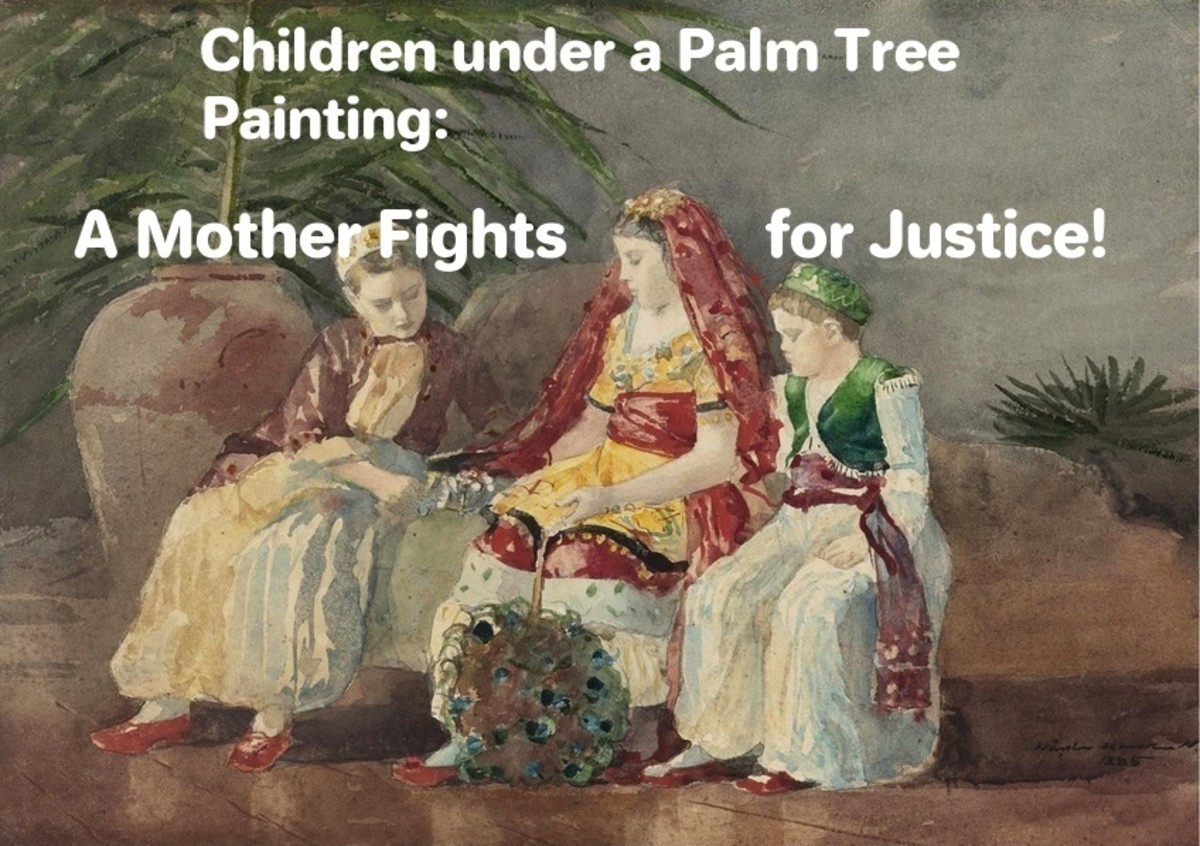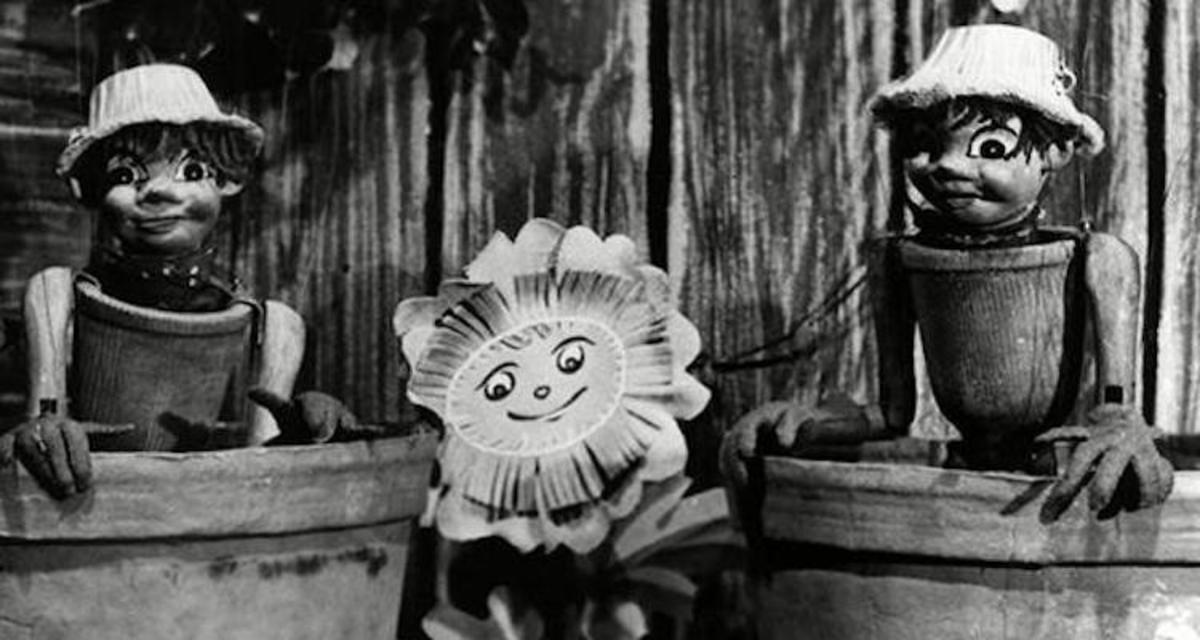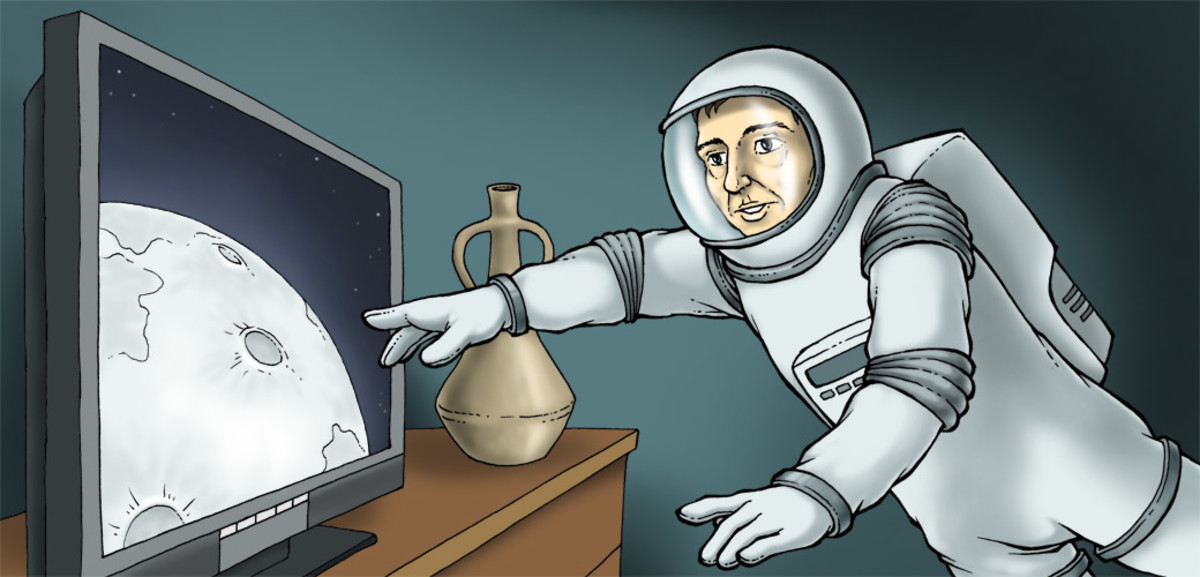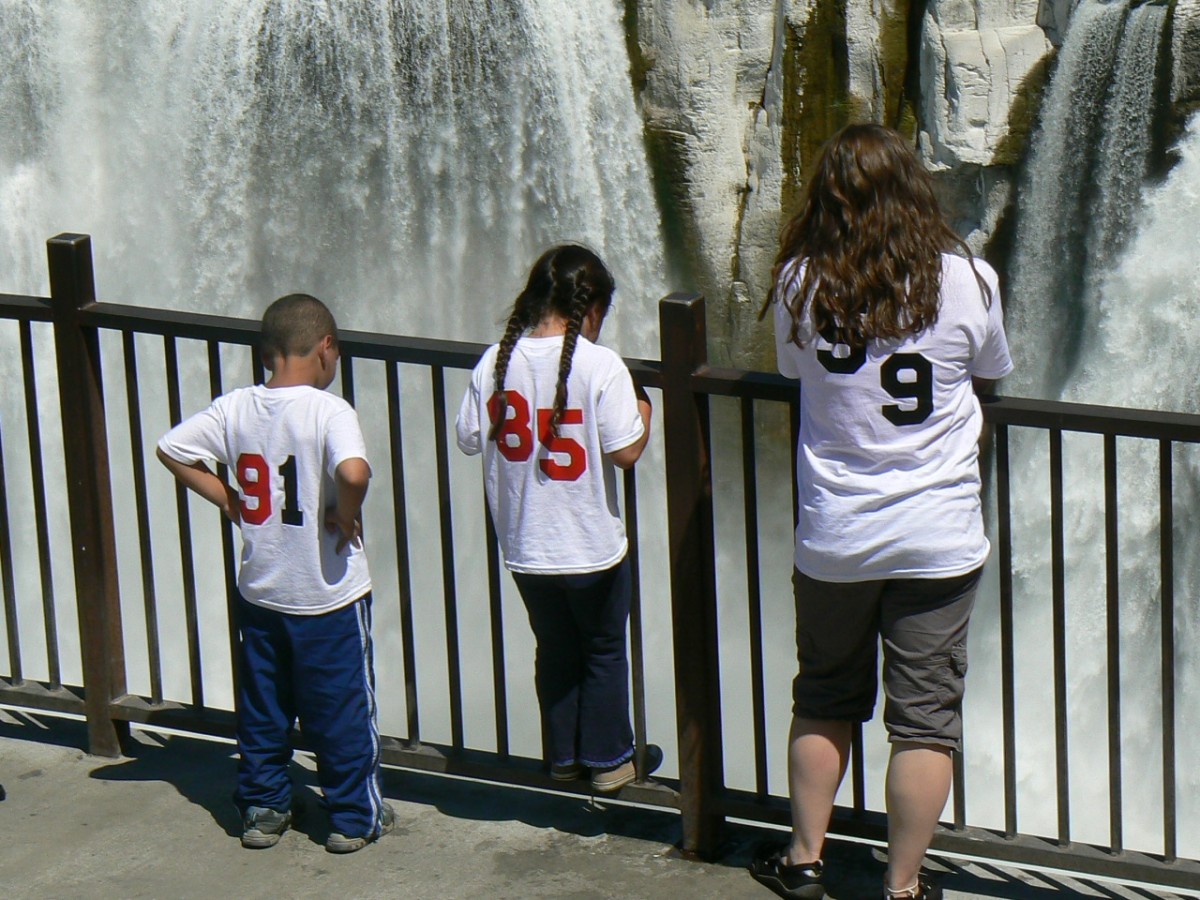Should Children Under Two Watch Television?
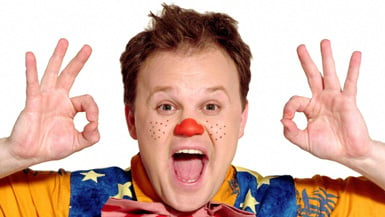
Is Television Ok For Our Children?
I saw this question today "Should Children Under 2 Watch Television?" I initially started to type out my reply, but when that response quickly began to look like an essay, I decided to write a hub about it instead.
First let me begin by saying that I, in no way agree with children being sat down in front of the television for hours on end. I believe any television time should be in moderation. However i completely disagree that children under 2 years of age should have no television time, and here is my reason why.
Alfie, is our gorgeous four and a half year old Son. He is the baby of our family, being the youngest of three boys. Not even five, Alfie already has an irresistible charm about him, and is loved by everyone he meets. He is a very outgoing child, he enjoys listening to stories, making things with art and crafts and singing and dancing. Alfie is definitely a born entertainer. When he is not making us laugh with his funny songs and dances, he will usually be running around outside. He also enjoys going to his grandparents caravan, and swimming with his Nana. Alfie has a real zest for life and is a joy to be around.
Alfie was not always this way, there was a time when he would not speak or interact with others. Considering our other two boys were early learners and very lively, we were extremely anxious and worried about Alfie's late development. Alfie saw numerous professionals, but still came no answers. Was it something we was doing wrong? Is there something medically wrong with our child? Both questions we asked ourselves time and time again.
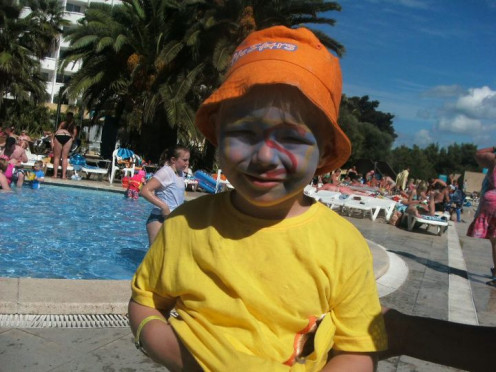
A Bit About Our Alfie
When Alfie was 3 years old he started day care, and although he could by now say certain words, his speech was still not understandable. The day care soon picked up on Alfie's speech and his problems with interaction. Alfie was soon assigned a case worker, who worked with both us and the day care in finding ways to encourage Alfie's development.
A few months after being at the day care, Alfie started showing some obsessive behaviour. He would line all his toys up in a straight line and get angry if they were out of place.
Alfie would become fixated on one book at a time, so for weeks on end you could only read that one book to him. He found it hard expressing himself and his feelings, so he would become upset, angry and aggressive with no warning and for no apparent reason.
I decided to go back to our Doctor and ask for some advice. The Doctor tried to talk with Alfie, and noted that his communication skills were not what they should be for his age group. The Doctor felt Alfie could have 'Asperger Syndrome' which is a 'Autism Spectrum Disorder.' Alfie was soon referred for assessment, and was put on the waiting list.
Should Children be Allowed to Watch Television?
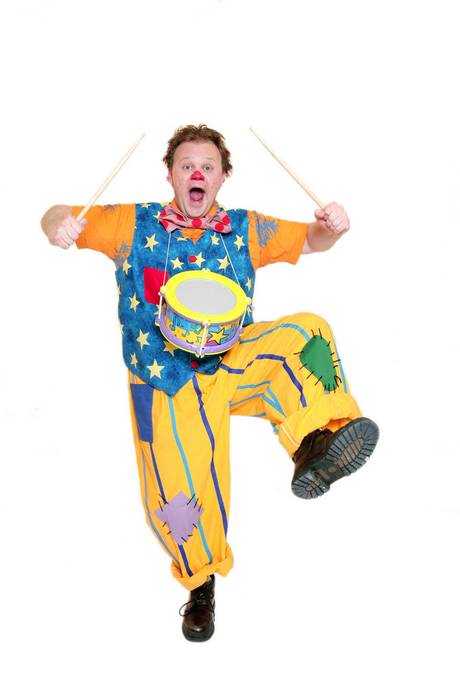
Something Special
In the meantime Alfie discovered a Cbeebies programme called 'Something Special.' For those of you who have not heard of this programme, it is a children's programme based on a family called The Tumbles. Mr Tumble is the main character and the most popular one, although all the roles are played by the same man 'Justin Fletcher.'
The programme is aimed at children with delayed learning and communication difficulties. The programme itself features many children with disabilities, and was designed to teach children sign language also called 'Makoton'. 'Something Special' is produced by a man named Allan Johnston. Before producing Something Special, Allan taught children with special needs. The name of the hit children's programme came from the idea that all children, no matter where their position is on the learning spectrum, are special.
Before long, Alfie was signing anything and everything, he would sign at home and at day care. We started recording 'Something Special' everyday, so Alfie could watch it when he got home. He soon became excited to get home and watch his new favourite programme. As well as the signing he began shouting the phrases from the programme at the TV. The most popular phrases being "Mr Tuuuuuumble" when Justin and the children are calling him. And "What's in his spotty bag?" Alfie learnt the hello and goodbye songs from the start and end of the programme. And as his speech became clearer, all he would talk about was his favourite 'Mr Tumble.'
We didn't mind though, we were just happy to have our little boy talking clearly. Alfie moved to a pre school in January of this year, and he has gone from strength to strength. He starts reception year in September and has received help and support in the transition. Alfie finally has his two day assessment for Asperger Syndrome next week, so we are hoping all goes well with that.
Had we have known what an amazing effect 'Something Special' was going to have on our Son, we would have sat him down to watch it sooner. Sometimes we get so wrapped up in what is sociably acceptable, and what we should and should not do as parents, that we forget all children are different. What is right for one, is not necessarily right for another. Every child is different, and all the professionals in the world, can tell us that it is not good for our child to watch television. But our child is not only interacting more. He is talking thanks to Mr Tumble, and that really is something special.
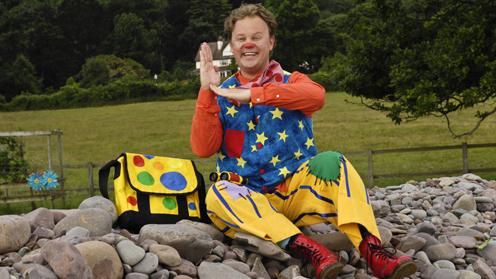
What is Makaton?
In the hit Cbeebies show Something Special, Justin Fletcher and his Character Mr Tumble, use a sign and symbol language known as Makaton.
The purpose of Makaton, is to help children and adults communicate by using signs symbols, and speech, to support their spoken language.
Signs are used along with speech, in spoken word order. This is beneficial for children who either have no speech or for those who's speech is unclear.
Symbols can be used to help children who either have limited speech, or those that cannot or prefer not to sign, so they can still communicate with others.
Makaton can be used to support communication in a number of ways. Such as
- Take part in games and songs
- Write letters and messages
- Share thoughts and emotions
- Listen to, read and tell stories
- help people find their way around public buildings
- Label real objects, pictures, photo's and places
- Create menus, recipes and shopping lists
According to the Makaton charity, over 100,000 children and adults, are now using Makaton signs and symbols. Some people will naturally stop using the signs and symbols as their speech becomes clearer, whereas some people will need to use Makaton all their lives.
Makaton can help both children and adults, who have difficulty with
- Making themselves understood
- Paying attention
- Communicating what they want
- Communicating how they think or feel
- Remembering sequences
- Listening to and understanding speech
Makaton uses speech with signs (gestures) and symbols (pictures) to help people communicate. They also use facial expressions, eye contact and body language to give as much information as possible.
When we stop and ask people for directions, they often point to where you need to go, or they draw a diagram. Both these things provide us with more information. This is the same purpose as Makaton.
Studies show, that information which can be seen such as signs and gestures, are easier to learn that spoken words.
The Makaton charity offers a family advisory service, as well as Makaton workshops where you can learn with other people while getting support and feedback.
There is also a number of resources such as a Dvd and books. I recently got Alfie a set of Makaton cards with Mr Tumble on them signing lots of words.
Alfie also gets the Something Special magazine which comes with free Makaton cards on the front of each issue.
If you or your child has communication or language difficulties, then Makaton is well worth looking into. Please see the link below to the Makaton charity website.
The Makaton Charity
- The Makaton Charity: Home page
Makaton uses signs and symbols to help people communicate. It is designed to support spoken language and the signs and symbols are used with speech in the spoken word order.

![Something Special - Time for Mr Tumble [Region 2 UK DVD] Starring Justin Fletcher (2011)](https://m.media-amazon.com/images/I/51RYSJj2w9L._SL160_.jpg)
